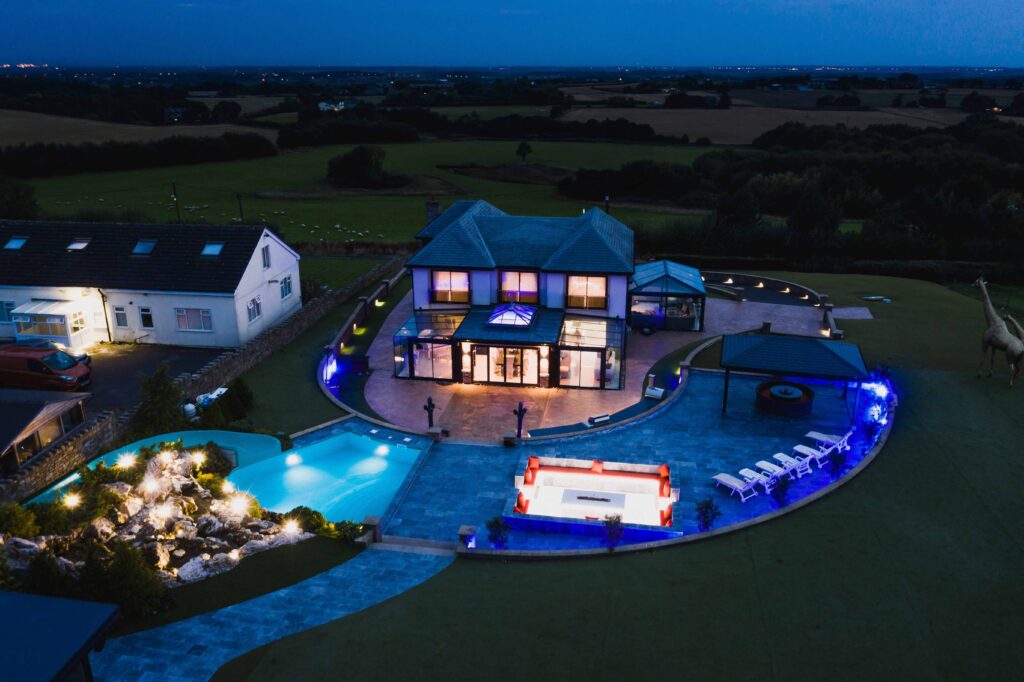Estate agents nowadays should look at every advantage when marketing listings to prospective buyers. Two visual mediums that can help your listing stand out are property videos and 360 tours. But which option should you use for your particular listings? Here is an overview of the key differences, along with why, in most cases, a property video is the better choice.

Engaging Viewers with Movement and Personality
A key advantage of video over 360 tours or still photos is the ability to capture movement, flow, and the overall vibe of a home. As the camera moves through each room, viewers get an engaging, documentary-style look at what it might be like to actually walk the property themselves. You can showcase unique architectural details, pan across beautiful views from windows, or capture how light moves through the space at different times of day. This helps viewers connect emotionally and imagine themselves living there.
With a talented videographer, property videos can also showcase the home’s unique personality. Music, graphics, careful editing, and highlights of the neighbourhood can all create a mini-cinematic style film. This level of energy and creativity is difficult for static 360 tours to match.

Conveying Important Details with Commentary
A major downside of 360 tours is the lack of audio or narration. As viewers click through different hotspots, they may have questions come up with no easy way to get answers. With a video walkthrough, the agent can provide informative commentary to call out special features, cover FAQs, or offer additional context that photos alone don’t convey.
Commentary also allows you to highlight aspects most important for that particular buyer demographic – such as recent updates, move-in ready renovations, family-friendly additions, luxury finishes, etc. Guiding the visuals with strategic narration ensures viewers take notice of your preferred selling points. It will help you to easily convert visitors into buyers.

Wider Accessibility and Convenience
360 tours do offer an interactive experience by allowing viewers to choose what area they focus on. But this comes at a cost, 360 tours require downloading a separate app or software program for full functionality. This can pose tech hurdles for less savvy users across multiple device types.
Video has a major edge in accessibility. Property listing videos can be viewed directly on YouTube, social platforms, MLS listings or sent via links – no special apps needed. Video is also the most mobile-friendly visual medium, easy to view on smartphones which are increasingly critical to reach buyers.
Video also speeds up listing exposure, with the ability to begin sharing immediately after filming. 360 tours are more time intensive, requiring post-processing to stitch images together and build custom navigation.

Final Words
Now you have a clear idea about the differences between 360 tours and property video tours. Always work with an experienced property videographer and you can create some breathtaking videos. It is one of the best investments that you can make to increase your property viewing and convert more leads.
